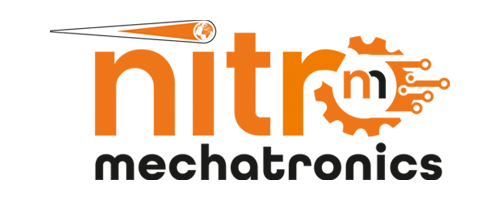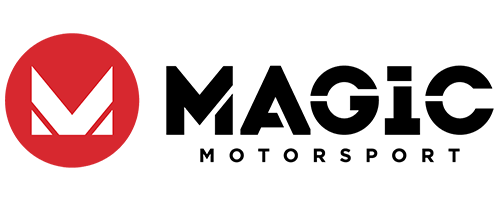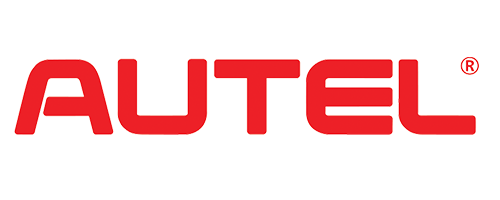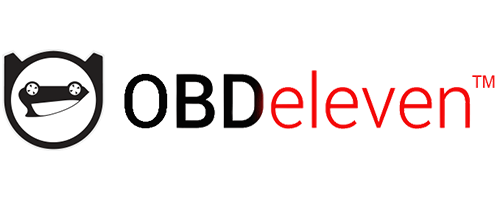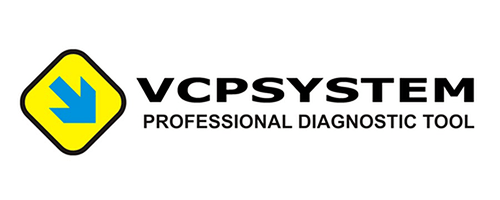What are flexible fuel vehicles and how to work?
What are flexible fuel vehicles and how to work?
There is an internal combustion engine in flexible fuel vehicles. The most important function of these vehicles is that these vehicles can work with a mixture of gasoline and ethanol.
These cars can run with pure gasoline or gasoline-ethanol mixture. Flexible fuel vehicles have the same features as other gasoline vehicles except for the ability to work with ethanol and a different drivetrain.
If the amount of the ethanol increase it reduces the range but the vehicle runs more efficiently.
How to work?
Flexible fuel vehicles have an internal combustion engine. These vehicles use gasoline or gasoline-ethanol mixture for running. In these vehicles most components are the same as in other petrol vehicles.
But, some systems, such as the fuel pump and fuel injection system, need components which are suitable with ethanol.
The ECU is also configurated according to the oxygen amount of the ethanol.
These are the basic components of flexible fuel vehicles;
Battery: It ensures electricity to start the vehicle and it gives power to the vehicle electronics.
Electronic Control Unit: The fuel mixture, ignition timing, emission system are controlled with this unit. It watches the vehicle's operating status, detects problems and warns the driver.
Exhaust system: The exhaust system throw the exhaust gas from the engine with the exhaust pipe. There is a 3-way catalyst to decline emissions within the exhaust system.
Fuel filler: You can fill fuel with this component.
Fuel injection system: With this system, fuel is supplied to the combustion chambers for ignition.
Fuel line: This line transfers fuel from the tank to the fuel injection system.
Fuel pump: This pump transfers the fuel to the injection system through the fuel line.
Fuel tank: This component store the fuel.
Internal combustion engine: Fuel is injected in the combustion chamber, that it combines with air, and the air-fuel mixture is ignited by a spark from the spark plug.



